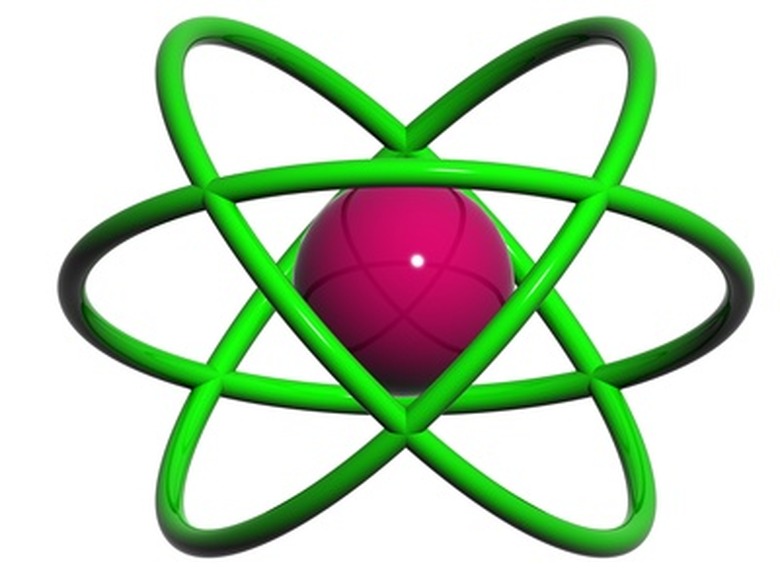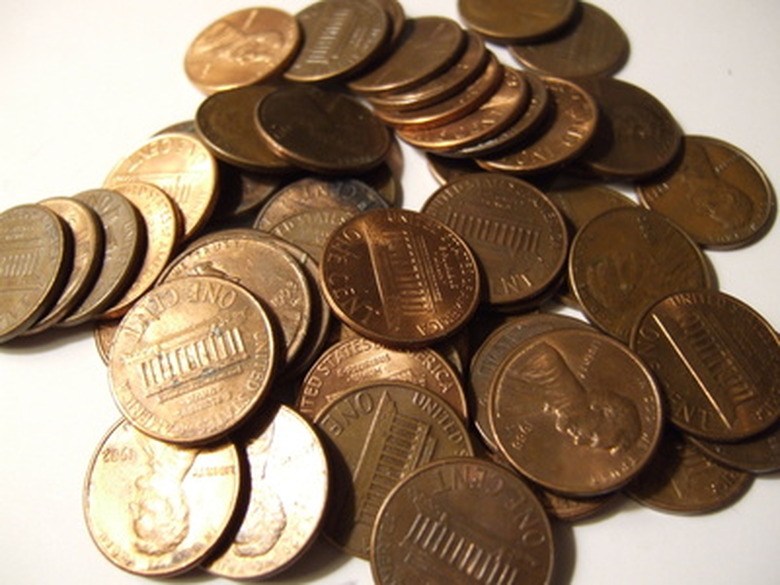How To Identify The Parts Of An Atom
We now know quite a bit about the interior of the atom, the fundamental building block of nature. There are just a few basic "parts" of an atom, and while it would be difficult for the average person to actually "see" and identify these parts on some specific atom, for example, a carbon atom in a piece of bread, it isn't difficult to understand the basic idea. There really are just four structures of any atom: the nucleus, the protons and neutrons of the nucleus, and the surrounding electron cloud.
Step 1
Find the nucleus. The nucleus of an atom is always right smack dab in the middle of any atom, like the sun is in the middle of the solar system (but don't take that analogy too far). The nucleus is very dense and compact, and while it can have just one particle (a single proton for regular hydrogen), it usually has multiple protons and neutrons. No matter what element you are looking at, the protons and neutrons will always be densely packed together in the nucleus. On your diagram, find and label the nucleus.
Step 2
Find and label protons. The protons are always in the nucleus, always have a positive charge (label them with a "P" or a "+"), and there are always the same number of protons as the atomic number of the element. Example: What is the atomic number of gold? It is 79. So a gold atom will have 79 protons.
Step 3
Find and label neutrons. Neutrons have no charge, so a good way to represent one in the nucleus is with just an "N". In a nucleus diagram, the neutrons will be jammed tightly right in with the protons. If you were trying to find and label the neutrons in the gas called tritium, an isotope of hydrogen, you would find two neutrons packed in with one proton.
Step 4
Find and label the electron cloud. As an aid to remembering that atoms with overall neutral charges have an equal number of protons and electrons, draw small circles in the electron cloud area representing the number of electrons of that element. For example, with carbon, which has six protons, you know that it will also have six electrons. So in the area around the carbon nucleus, draw six randomly spaced small circles (each with a negative sign "-" inscribed).
TL;DR (Too Long; Didn't Read)
Remember: Electrons do not orbit the nucleus like the earth orbits the sun. Electrons are found in a cloud in a defined area near the nucleus. They do move rapidly around the nucleus (visualize a cloud of mosquitoes buzzing around your nose on a summer evening).
References
Cite This Article
MLA
Byrom, Jack. "How To Identify The Parts Of An Atom" sciencing.com, https://www.sciencing.com/identify-parts-atom-7827257/. 24 April 2017.
APA
Byrom, Jack. (2017, April 24). How To Identify The Parts Of An Atom. sciencing.com. Retrieved from https://www.sciencing.com/identify-parts-atom-7827257/
Chicago
Byrom, Jack. How To Identify The Parts Of An Atom last modified March 24, 2022. https://www.sciencing.com/identify-parts-atom-7827257/

